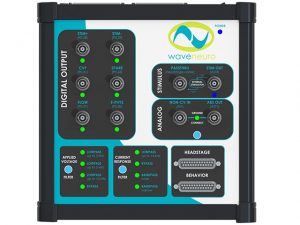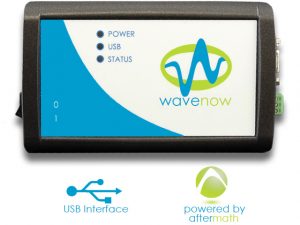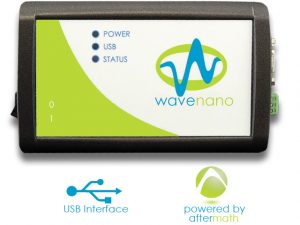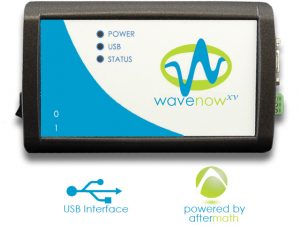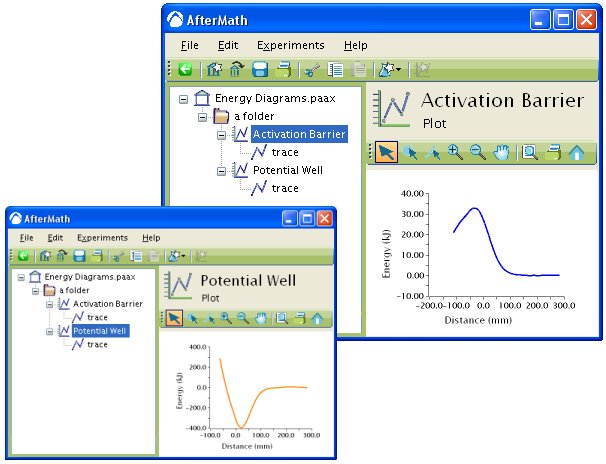The WaveDriver 200 Bipotentiostat with EIS System is a robust, benchtop potentiostat system that is very capable, yet cost-effective. The WaveDriver is a scaled up version of our popular WaveNow series, with larger current and voltage ranges, advanced filtering, and iR compensation.
Product Images
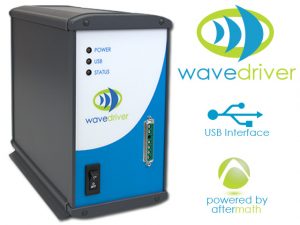
Description
The WaveDriver 200 Bipotentiostat with EIS is an affordable benchtop potentiostat/galvanostat system capable of performing a wide variety of traditional single working electrode methods. The WaveDriver 200 Bipotentiostat with EIS is a robust single channel potentiostat, with an impressive current range from ±100 nA up to ±1 A, advanced input, output, and waveform filters, and iR compensation. The WaveDriver 200 Bipotentiostat with EIS connects to your laptop or PC via a standard USB cable and is controlled by our power AfterMathTM Data Organizer software application. Rear panel connections allow rotation rate control when using rotating disk, cylinder, or ring-disk electrodes. Additional connections for analog input/output and synchronized timing permit the WaveDriver to be used in conjunction with other instruments.
Affordable. Take a look around at similar potentiostat/galvanostat systems and you will have a difficult time finding one with comparable specs and capabilities at the same modest price point. Pine Research strives to bring you cost-effective electrochemical instrumentation. The WaveDriver 10 also includes a four option dummy cell for calibration checking and instrument function testing, at no additional cost.
Versatile. Capable of performing up to 38 different techniques, the WaveDriver 10 is an all-around performer. It finds use in academic and industrial research around the world. Unlike many of its peers, the WaveDriver 10 was built to perform a little bit of everything and without added cost of different software “upgrades.”
Capable. Designed with the everyday user in mind, the specifications for the WaveDriver 200 Bipotentiostat with EIS potentiostat is broad enough to permit you to perform a wide range of routine electrochemical techniques but also prudently chosen to allow for a simple and affordable design. Popular and common techniques such as cyclic voltammetry, bulk electrolysis, differential pulse voltammetry, square wave and pulse voltammetry, battery charge/discharge sequences, corrosion-based analysis such as linear polarization resistance, chronoamperometry, and chronopotentiometry are easily configured and executed using our AfterMath software package. Perform your EIS-based experiments with this system – potentiostat and galvanostatic EIS with fitting software included!
Specifications
Quick Start
FAQ/Troubleshooting
Questions about how to do something in AfterMath? Curious about what is asked in the parameters windows? Need to export or manipulate data?





